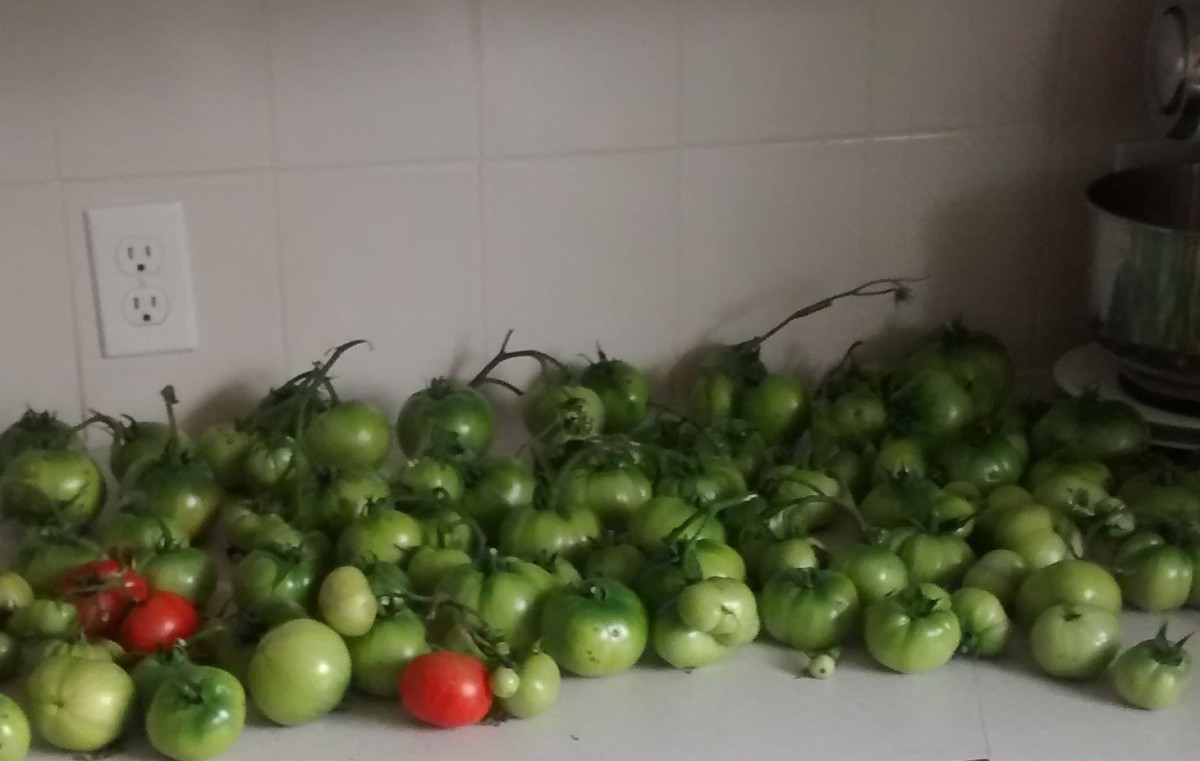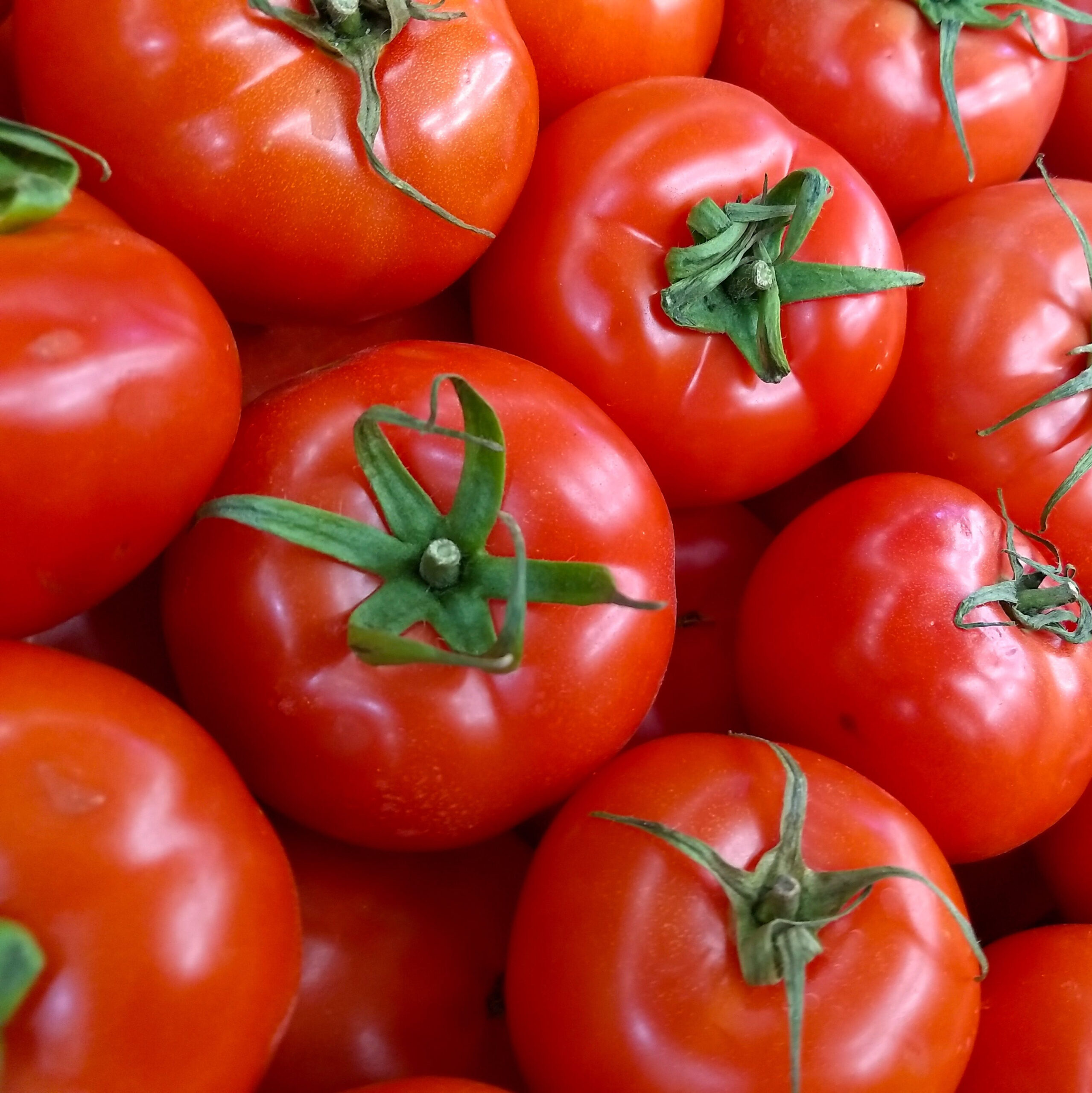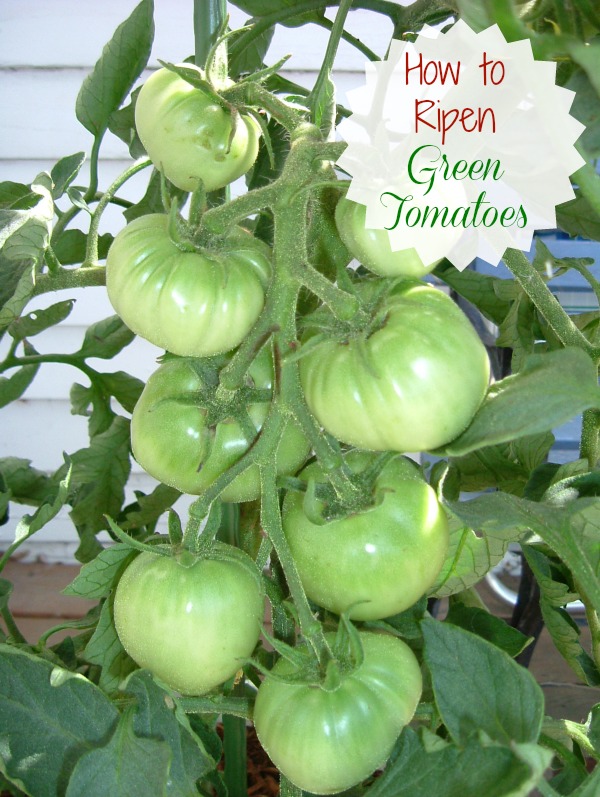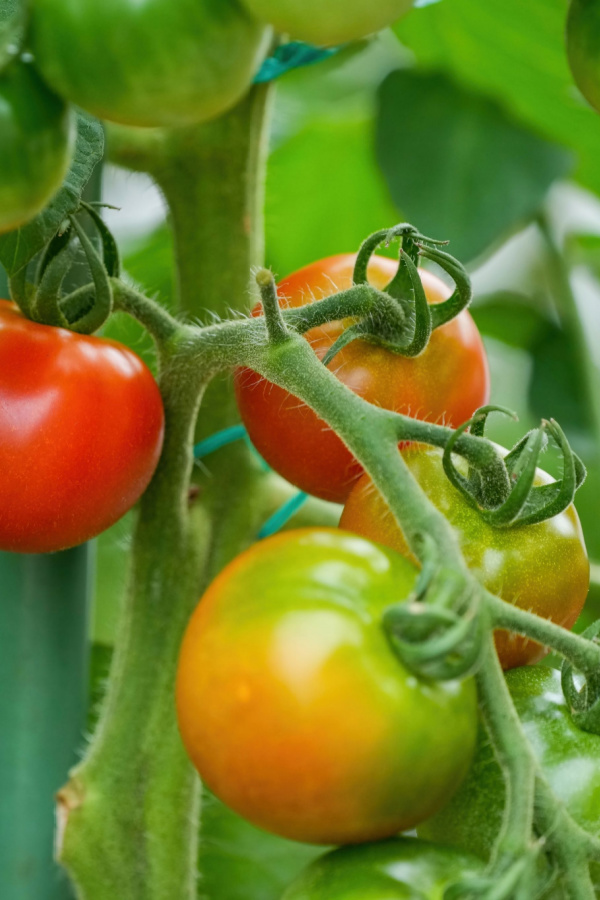The Great Debate: Vine-Ripened vs. Indoor Ripening
The age-old question of whether it’s better to let tomatoes ripen on the vine or indoors has sparked a heated debate among gardeners, farmers, and cooking enthusiasts. While some swear by the traditional method of allowing tomatoes to ripen on the vine, others claim that indoor ripening yields better results. But what’s the truth behind this debate? Is it better to let tomatoes ripen on the vine, or can indoor ripening produce equally delicious results?
Proper ripening techniques are crucial for achieving optimal flavor and texture in tomatoes. When tomatoes are allowed to ripen on the vine, they’re able to absorb the necessary sunlight, water, and nutrients to develop their full flavor potential. However, indoor ripening can also be effective, especially in situations where weather conditions or pests may damage the fruit.
So, what are the key factors to consider when deciding whether to let tomatoes ripen on the vine or indoors? For starters, the type of tomato variety plays a significant role. Some varieties, such as cherry tomatoes and patio tomatoes, are bred specifically for indoor production and may not require the same level of sunlight and heat as larger varieties.
Additionally, the ripening process itself is a complex series of biochemical reactions that involve the breakdown of chlorophyll, the accumulation of sugars, and the production of ethylene gas. Understanding these processes can help gardeners and farmers optimize their ripening techniques, whether they choose to let tomatoes ripen on the vine or indoors.
Ultimately, the decision to let tomatoes ripen on the vine or indoors depends on a variety of factors, including the specific growing conditions, the type of tomato variety, and personal preference. By understanding the science behind tomato ripening and the benefits of each method, gardeners and farmers can make informed decisions to produce the most flavorful and nutritious tomatoes possible.
Understanding Tomato Ripening: The Science Behind the Process
Tomato ripening is a complex process that involves a series of biochemical reactions. At the heart of this process is the production of ethylene gas, a natural plant hormone that triggers a cascade of events leading to ripening. As tomatoes mature, they produce more ethylene, which in turn stimulates the breakdown of chlorophyll, the green pigment responsible for photosynthesis.
As chlorophyll breaks down, the tomato’s skin begins to change color, turning from green to yellow, orange, or red, depending on the variety. This color change is a result of the accumulation of other pigments, such as lycopene and beta-carotene, which are responsible for the characteristic red and orange hues of ripe tomatoes.
Simultaneously, the tomato’s starches are converted into sugars, making the fruit sweeter and more flavorful. This process is accelerated by the production of enzymes that break down the cell walls, allowing the sugars to flow freely and contributing to the tomato’s characteristic texture.
Understanding these biochemical reactions is crucial for optimizing tomato ripening. For example, by controlling the amount of ethylene produced, farmers and gardeners can slow down or speed up the ripening process. This knowledge can also help to identify the optimal time for harvesting, ensuring that tomatoes are picked at the peak of ripeness and flavor.
Furthermore, research has shown that the ripening process can be influenced by external factors, such as temperature, light, and oxygen levels. For instance, tomatoes ripened in warmer temperatures tend to have a higher sugar content and a more intense flavor, while those ripened in cooler temperatures may have a longer shelf life.
By grasping the science behind tomato ripening, growers and consumers can make informed decisions about how to handle and store tomatoes to maximize their flavor, texture, and nutritional value. Whether you’re a seasoned farmer or a backyard gardener, understanding the intricacies of tomato ripening can help you unlock the secrets of perfectly ripe, delicious tomatoes.
How to Let Tomatoes Ripen on the Vine for Maximum Flavor
Allowing tomatoes to ripen on the vine is a straightforward process that requires attention to detail and a bit of patience. To get started, make sure your tomato plants are receiving the right amount of sunlight, water, and nutrients. Tomatoes need at least 6 hours of direct sunlight per day to produce the necessary sugars and acids for optimal flavor.
Pruning is also essential for promoting healthy growth and fruit production. Remove any weak or spindly growth, and trim back the plant to encourage bushy growth and more fruiting. This will help to direct the plant’s energy towards producing more fruit, rather than foliage.
Watering is also critical, as tomatoes need consistent moisture to ripen properly. Aim to provide about 1-2 inches of water per week, either through rainfall or irrigation. Avoid overwatering, as this can lead to disease and root rot.
Monitoring for optimal ripeness is also crucial. Check your tomatoes regularly for signs of ripening, such as a change in color, a slight softening of the skin, and a sweet, earthy aroma. Avoid squeezing or handling the fruit excessively, as this can damage the skin and reduce flavor.
For maximum flavor, it’s also important to harvest tomatoes at the right time. Tomatoes that are picked too early may not have developed their full flavor potential, while those that are picked too late may be overripe and mealy. Aim to harvest your tomatoes when they are fully ripe, but still firm to the touch.
By following these simple tips and techniques, you can enjoy perfectly ripe, delicious tomatoes that are bursting with flavor and nutrition. Whether you’re a seasoned gardener or a beginner, allowing tomatoes to ripen on the vine is a simple and effective way to get the most out of your tomato crop.
The Benefits of Vine-Ripened Tomatoes: Why It’s Worth the Wait
Vine-ripened tomatoes are widely regarded as the gold standard of tomato flavor and texture. But what makes them so special? The answer lies in the unique combination of factors that come together when tomatoes are allowed to ripen on the vine. For one, vine-ripened tomatoes have a more complex and intense flavor profile, with notes of sweetness, acidity, and earthy undertones.
This is due in part to the fact that vine-ripened tomatoes are able to develop their full flavor potential, without being picked too early or too late. When tomatoes are picked too early, they may not have developed their full flavor potential, while those picked too late may be overripe and mealy. By allowing tomatoes to ripen on the vine, growers can ensure that they are picked at the peak of ripeness, when flavor and texture are optimal.
In addition to their superior flavor, vine-ripened tomatoes also have a more appealing texture. The skin is typically thinner and more tender, while the flesh is firmer and more juicy. This is due in part to the fact that vine-ripened tomatoes are able to develop their full cell structure, without being damaged by handling or transportation.
But the benefits of vine-ripened tomatoes don’t stop there. They also have a higher nutritional content than tomatoes that are picked too early or too late. Vine-ripened tomatoes are rich in vitamins A and C, potassium, and lycopene, an antioxidant that has been linked to a range of health benefits.
So, is it better to let tomatoes ripen on the vine? The answer is a resounding yes. While it may take a bit longer to get to the table, the benefits of vine-ripened tomatoes far outweigh the potential drawbacks. With their superior flavor, texture, and nutritional content, vine-ripened tomatoes are the perfect choice for anyone looking to enjoy the best of the best.
Indoor Ripening: When and How to Bring Tomatoes Inside
While vine-ripening is the preferred method for achieving perfectly ripe tomatoes, there are situations where indoor ripening may be necessary. Inclement weather, such as heavy rain or extreme temperatures, can damage tomatoes and make them more susceptible to disease. In these cases, bringing tomatoes inside to ripen can be a good alternative.
Pest damage is another reason to bring tomatoes inside. If you notice that your tomatoes are being attacked by pests, such as hornworms or aphids, it’s best to bring them inside to prevent further damage. Indoor ripening can also be a good option if you live in an area with a short growing season, and you want to extend the ripening period.
So, how do you properly ripen tomatoes indoors? One technique is to use paper bags. Simply place the tomatoes in a paper bag, and seal it to create a humid microclimate. This will help to trap ethylene gas, which is produced by the tomatoes as they ripen. You can also add an ethylene-producing fruit, such as an apple or banana, to the bag to speed up the ripening process.
Another technique is to use a ripening tray or basket. These are specifically designed to allow for good air circulation and even ripening. You can place the tomatoes in the tray or basket, and cover them with a cloth or paper towel to maintain humidity.
When ripening tomatoes indoors, it’s essential to maintain the right temperature and humidity levels. Tomatoes typically ripen best in temperatures between 65-70°F (18-21°C), and humidity levels of 80-90%. You can use a thermometer and hygrometer to monitor the temperature and humidity levels in your ripening area.
By following these tips and techniques, you can successfully ripen tomatoes indoors, even if you can’t vine-ripen them. Remember to always handle the tomatoes gently, and avoid over-handling, which can damage the fruit and reduce its flavor and texture.
Common Mistakes to Avoid When Ripening Tomatoes
While ripening tomatoes can be a straightforward process, there are several common mistakes to avoid in order to achieve perfectly ripe, delicious tomatoes. One of the most common mistakes is over-handling, which can damage the fruit and reduce its flavor and texture.
Another mistake is inadequate light, which can slow down the ripening process and result in tomatoes that are not fully ripe. Tomatoes need light to produce the necessary sugars and acids for optimal flavor and texture, so it’s essential to provide them with sufficient light, whether they’re ripening on the vine or indoors.
Improper temperature control is also a common mistake to avoid. Tomatoes typically ripen best in temperatures between 65-70°F (18-21°C), and temperatures that are too high or too low can slow down or stop the ripening process. It’s essential to monitor the temperature and adjust it as necessary to ensure optimal ripening.
Additionally, it’s essential to avoid ethylene-producing fruits, such as apples and bananas, when ripening tomatoes indoors. While these fruits can help to speed up the ripening process, they can also produce too much ethylene, which can cause the tomatoes to become overripe and mealy.
Finally, it’s essential to monitor the tomatoes regularly for signs of ripeness, such as a change in color, a slight softening of the skin, and a sweet, earthy aroma. By monitoring the tomatoes regularly, you can catch any potential problems early on and adjust the ripening process as necessary.
By avoiding these common mistakes, you can ensure that your tomatoes are perfectly ripe and delicious. Whether you’re a seasoned gardener or a beginner, following these tips and techniques can help you to achieve the best possible results and enjoy a bountiful harvest of delicious, homegrown tomatoes.
Tomato Varieties: Which Ones Benefit Most from Vine-Ripening?
While all tomato varieties can benefit from vine-ripening, some varieties are more suited to this method than others. For example, cherry tomatoes and grape tomatoes are perfect for vine-ripening, as they are small and produce a high volume of fruit. These varieties are also more prone to cracking and splitting, so allowing them to ripen on the vine can help to reduce this risk.
Beefsteak tomatoes, on the other hand, are a larger variety that can benefit from vine-ripening, but may require more support and pruning to ensure proper ripening. Roma tomatoes, also known as “plum” tomatoes, are another variety that can benefit from vine-ripening, as they are often used for canning and sauces.
Heirloom tomatoes, which are known for their unique flavors and colors, can also benefit from vine-ripening. These varieties are often more delicate and require more care when ripening, so allowing them to ripen on the vine can help to preserve their flavor and texture.
It’s worth noting that some tomato varieties are bred specifically for indoor ripening, such as patio tomatoes and dwarf tomatoes. These varieties are designed to produce fruit in smaller spaces and can thrive in indoor conditions.
Ultimately, the best variety for vine-ripening will depend on your specific growing conditions and personal preferences. By choosing a variety that is well-suited to your climate and growing style, you can enjoy a bountiful harvest of delicious, vine-ripened tomatoes.
Conclusion: The Verdict on Vine-Ripened Tomatoes
In conclusion, the debate surrounding whether it’s better to let tomatoes ripen on the vine or indoors is a complex one. While both methods have their advantages and disadvantages, the benefits of vine-ripening are clear. By allowing tomatoes to ripen on the vine, you can enjoy a more complex and intense flavor profile, a more appealing texture, and a higher nutritional content.
Of course, there are situations in which indoor ripening may be necessary, such as inclement weather or pest damage. In these cases, using techniques like paper bags and ethylene-producing fruits can help to properly ripen tomatoes indoors.
Ultimately, the key to achieving perfectly ripe, delicious tomatoes is to understand the science behind the ripening process and to use proper ripening techniques. By following the tips and techniques outlined in this article, you can enjoy a bountiful harvest of vine-ripened tomatoes that are bursting with flavor and nutrition.
So, is it better to let tomatoes ripen on the vine? The answer is a resounding yes. With their enhanced flavor, texture, and nutritional content, vine-ripened tomatoes are the perfect choice for anyone looking to enjoy the best of the best.








